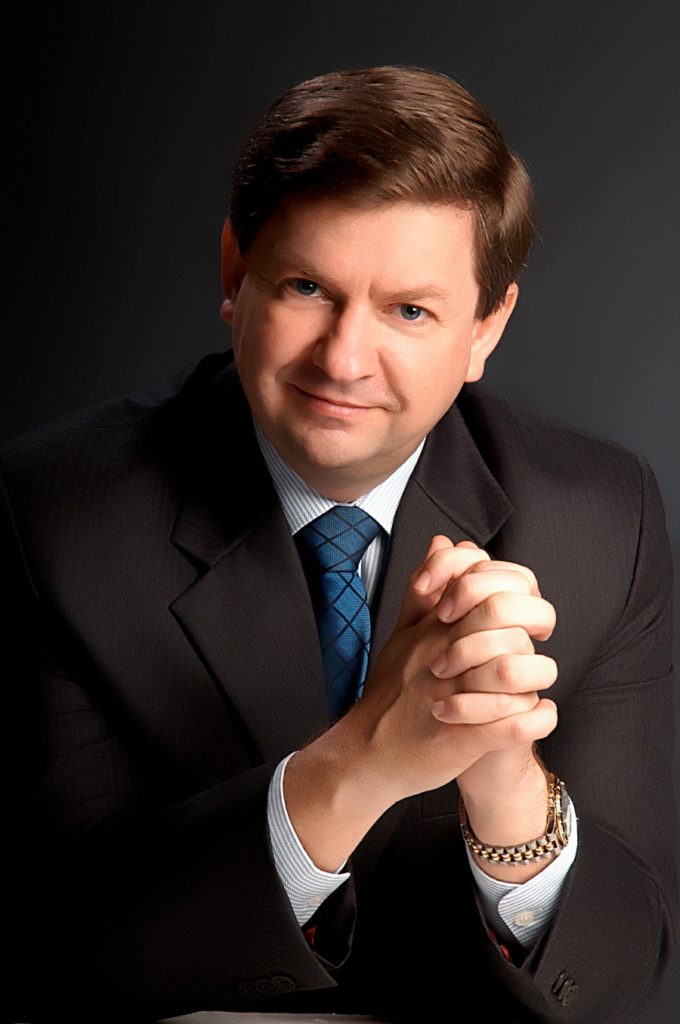By Bob Bowes DTM, Club President, Canary Wharf Communicators and Area K31 Director
Change is not easy. It’s frequently met with resistance and uncertainty. Nevertheless, change is inevitable.
Having completed 2 DTM’s and 14 of the 15 Advanced manuals in the traditional programme, you could ask me ‘anything’ about the old system. As incoming club president at Canary Wharf, the executive and I set an ambitious education target as part of the Club Success Plan. Subsequently, I attended a Pathways presentation (it wasn’t as enlightening as I’d hoped!) and off we went.
I completed my ‘Choose A Path’ questionnaire and enrolled in the Dynamic Leadership path but I soon discovered that learning the Pathways program is very much like driving a new car. Just as many drivers never explore all the feature on their display dashboard, many Toastmasters never visit the Toastmasters website or establish an online profile. In my club visits, I now stress how important it is to log into the website before starting Pathways, read the FAQ’s and carefully navigate the program.
Whilst working my way through Level 1 (Mastering the fundamentals), I had to make several phone-calls to Pathways experts to help guide me from one step to the next. How, for example, do you move from one project to the next within a path? Where is the printed evaluation sheet? When completed, where is it stored? What does the circle with the percentages mean?

By the time you progress to Level 2 (Learning your style), Pathways starts to get more interesting and different from the old programme. Prior to each project you receive guided information about your next project speech via short videos, learning notes and quick ‘tests’. The value in the Pathways learning program begins to emerge. At the completion of level 2, you are presented with an optional concurrentpath, the ‘Pathways Mentor Program’. I encourage all my club members to adopt this path too, as it now forms the competence and ‘backbone’ behind the club’s mentorship programme.
By Christmas, I noted that some club members were on speech 6 or 7 but had not submitted a level for completion! This didn’t make sense to me, as the level 1 requires just 4 speeches. It quickly became apparent that this was a consequence of members selecting a path and then never going to the ‘dashboard’ again or navigating the path as they needed to. By this point, because I was working through the programme myself, I could coach others through the process and clear the ‘log jam’.
This month I completed my Level 5 (Demonstrating Expertise), where one of my projects was a 360 evaluation with my club executive, and subsequently completed my whole Dynamic Leadership path. I’m now a strong advocate for Pathways. It may not be as simple to follow as the traditional programme, but it is a much more focussed, valuable and appropriate programme in today’s world. Participate in it, talk it up and your new members will quickly embrace it.
To date, 10 members of Canary Wharf have completed at least one level (16 levels completed in all), with another 17 members within one of two speeches of completing their level 1 as well.
Change is inevitable, but as a club officer, leading by example coupled with knowledge and enthusiasm makes all the difference. Pathways is here and it’s our new members future!
I have of course signed up to my next path already. ‘Engaging Humor’.
Last Updated on 7th October 2020 by Susan Rayner
